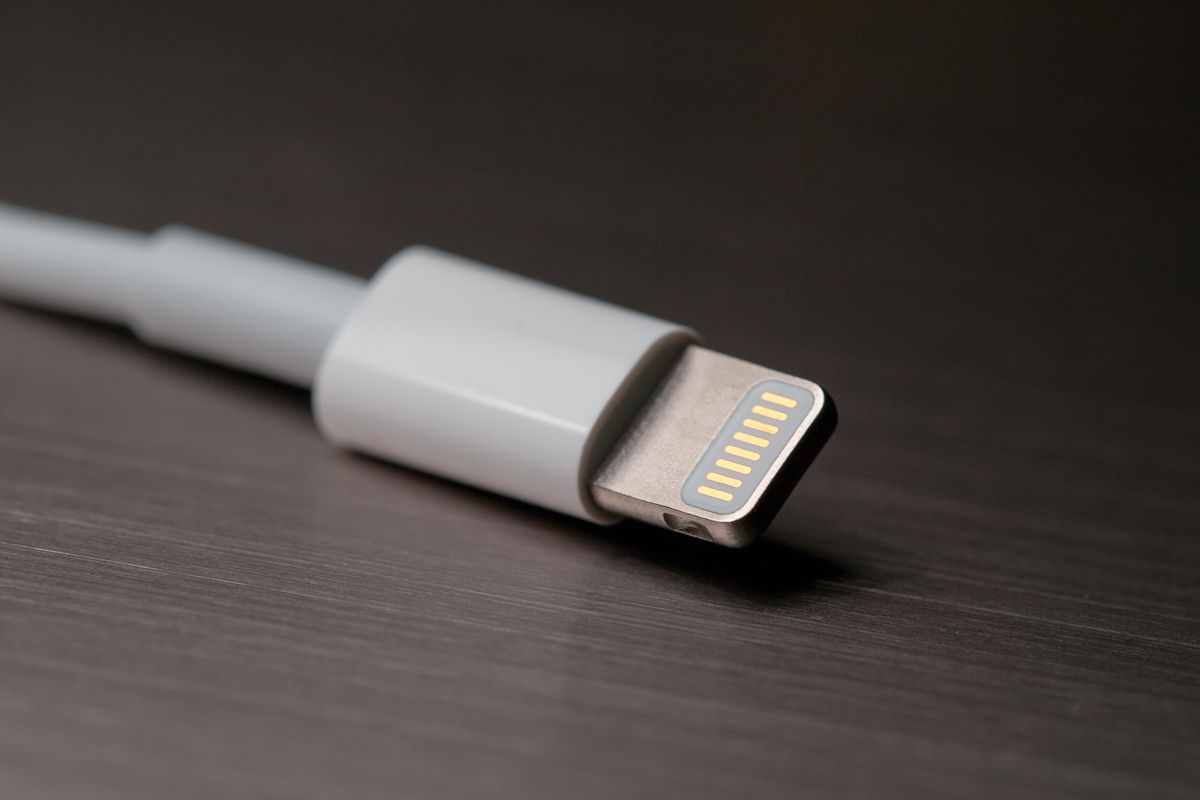Charging and Data Transfer
The Lightning connector on iPads serves a crucial purpose in facilitating both charging and data transfer. This versatile port allows users to power up their devices efficiently and transfer data between the iPad and other devices, such as computers and external storage devices.
When it comes to charging, the Lightning connector offers a practical and efficient solution for keeping iPads powered throughout the day. Its compact design and reversible nature make it convenient for users to connect the charging cable without needing to worry about its orientation. This ease of use adds to the overall user experience, ensuring that iPads can be quickly and conveniently charged whenever needed.
Moreover, the Lightning connector enables rapid data transfer between iPads and other devices. Whether users need to backup important files, transfer media content, or sync their devices, the Lightning port provides a seamless and efficient means of data exchange. This is particularly beneficial for professionals and students who often need to transfer documents, presentations, and other files between their iPads and computers.
Additionally, the Lightning connector supports various accessories that expand the functionality of iPads, such as external storage devices, audio interfaces, and MIDI controllers. This compatibility allows users to enhance their productivity and creativity by seamlessly integrating their iPads with a wide range of peripherals and accessories. Whether it’s connecting a digital audio workstation for music production or using a card reader to import photos, the Lightning connector opens up a world of possibilities for iPad users.
Overall, the Lightning connector plays a pivotal role in ensuring the seamless charging, efficient data transfer, and broad accessory compatibility for iPads, making it an indispensable feature that enhances the overall usability and versatility of these remarkable devices.
Audio Output
While the Lightning connector primarily serves as a port for charging and data transfer, it also serves an important function in facilitating audio output for iPads. This multifaceted port allows users to connect a variety of audio devices and accessories, expanding the audio capabilities of their iPads and enhancing the overall user experience.
One of the key advantages of the Lightning connector in the realm of audio output is its ability to support high-quality digital audio. By leveraging the digital capabilities of the Lightning port, users can experience superior audio performance when connecting compatible headphones, speakers, or audio interfaces. This digital connection ensures that the audio signal remains pristine and free from interference, resulting in an immersive and high-fidelity listening experience.
Furthermore, the Lightning connector enables the use of advanced audio accessories that leverage its digital interface to deliver enhanced functionality. For instance, users can connect digital audio workstations, MIDI controllers, and audio recording devices to their iPads, unlocking a world of creative possibilities for music production, podcasting, and content creation. This level of compatibility and versatility empowers users to explore new horizons in audio production and enjoy a seamless integration of their iPads with professional audio equipment.
Moreover, the Lightning connector offers the convenience of powering audio devices directly from the iPad, eliminating the need for separate power sources and streamlining the setup process. This feature is particularly advantageous for mobile musicians, content creators, and audio enthusiasts who require a portable and efficient audio production setup without compromising on performance.
Overall, the Lightning connector’s role in audio output extends beyond simple headphone connectivity, encompassing a wide range of audio devices and accessories that elevate the audio capabilities of iPads. Whether it’s experiencing high-fidelity audio, exploring creative possibilities in music production, or simplifying the setup of audio equipment, the Lightning connector empowers users to unlock the full potential of their iPads in the realm of audio output.
Accessory Compatibility
The Lightning connector on iPads plays a pivotal role in expanding the device’s functionality through its broad compatibility with a diverse range of accessories. This versatile port serves as a gateway to a myriad of peripherals and add-ons, allowing users to customize their iPads to suit their specific needs and preferences.
One of the key advantages of the Lightning connector lies in its compatibility with external storage devices. Users can easily connect USB drives, SD card readers, and other storage peripherals to their iPads, enabling seamless file transfers, data backups, and the expansion of storage capacity. This feature is particularly valuable for professionals and creatives who require on-the-go access to large files, such as high-resolution images, videos, and project documents.
Furthermore, the Lightning connector supports a wide array of audio accessories, including headphones, microphones, and audio interfaces. This compatibility enables users to elevate their audio experiences, whether it’s for immersive listening, professional audio production, or crystal-clear voice recordings. The ability to seamlessly integrate with a diverse range of audio peripherals enhances the versatility of iPads in various creative and professional applications.
In addition, the Lightning connector facilitates the connection of external displays and projectors, empowering users to extend their iPad’s screen real estate for presentations, content creation, and entertainment purposes. This compatibility expands the usability of iPads in educational, business, and entertainment settings, allowing for enhanced productivity and a richer multimedia experience.
Moreover, the Lightning connector’s compatibility with a myriad of input devices, such as MIDI controllers, digital pens, and keyboards, provides users with the flexibility to interact with their iPads in diverse ways. Whether it’s unleashing creativity through digital art, enhancing productivity with efficient text input, or integrating musical instruments for performance and composition, the Lightning connector enables users to personalize their iPad experience according to their unique preferences and pursuits.
Overall, the Lightning connector’s broad accessory compatibility significantly enhances the functionality and versatility of iPads, empowering users to tailor their devices to meet specific needs across various domains, including storage expansion, audio enhancement, external display connectivity, and diverse input capabilities.

